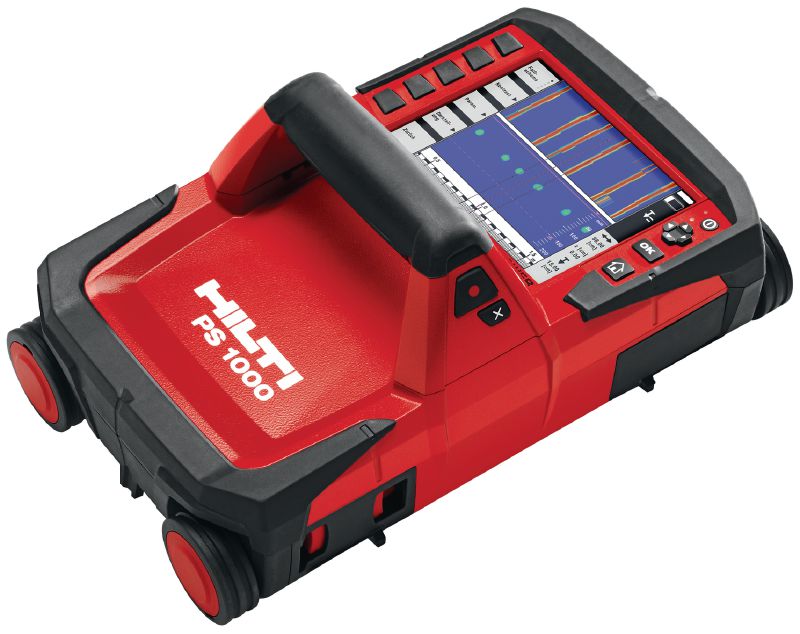Regional RainierGPR Service Areas for Precision Concrete Scanning
Regional RainierGPR Service Areas for Precision Concrete Scanning
Blog Article
Concrete Scanning: A Vital Action Towards Guaranteeing Structural Stability and Safety And Security
In the realm of building and framework maintenance, the value of concrete scanning can not be overstated. This careful procedure holds the crucial to unveiling possible threats hidden below the surface of apparently strong frameworks. By employing advanced innovation and methodologies, concrete scanning works as a critical tool in ensuring that the honesty and security of bridges and structures are promoted to the highest criteria. Nevertheless, beyond its surface-level effects, the function of concrete scanning extends much much deeper than meets the eye.
Relevance of Concrete Scanning
Concrete scanning plays a crucial duty in ensuring the structural integrity and security of structures and facilities jobs. By utilizing advanced modern technologies such as ground-penetrating radar (GPR) and electromagnetic induction, professionals can non-destructively evaluate concrete frameworks to find prospective flaws, spaces, embedded objects, and reinforcement format. This procedure enables very early detection of abnormalities that can jeopardize the stability of a framework, stopping costly problems and guaranteeing the safety and security of residents.
Prior to boring, reducing, or coring into concrete, scanning helps identify the precise places of rebar, post-tension cords, and various other embedded aspects, reducing the danger of unintended hits that might lead to structural weak points. Additionally, concrete scanning aids in top quality control by verifying the density of concrete covers and spotting any disparities that might influence the general toughness of the structure.
Innovation for Concrete Assessment

Advantages of Early Detection
Prompt detection of structural issues can substantially minimize dangers and make sure the longevity of construction tasks. By recognizing possible problems early on in the building and construction process, stakeholders can take proactive measures to deal with problems before they intensify into bigger and more costly problems. Among the essential benefits of very early detection is the prevention of architectural failings, which can present severe security risks and result in job hold-ups and monetary losses.
Furthermore, early detection enables prompt repair services and maintenance, which can help expand the life-span of the structure. By dealing with concerns promptly, building and construction teams can prevent costly repair services or also the demand for early replacement of structural parts. This read aggressive approach not just saves money and time however also boosts the overall security and longevity of the construction project.
In addition, very early discovery can improve project preparation and decision-making by offering stakeholders with important insights right into the condition of the framework. Equipped with this details, project supervisors can make educated choices pertaining to building and construction approaches, timelines, and materials, resulting in extra successful and effective project end results.
Making Sure Structural Security
Making certain the structural security of a building and construction project is vital to its safety and durability. Structural security describes the ability of a structure or framework to preserve its kind and function under different lots and ecological conditions. To achieve this, extensive analysis and monitoring of the structure are crucial. Concrete scanning plays an important function in ensuring structural stability by finding potential concerns such as voids, delamination, or reinforcement rust that can endanger the honesty of the structure gradually.
By using advanced scanning innovations like ground-penetrating radar (GPR) and electromagnetic induction, building and construction specialists can non-invasively examine concrete frameworks to recognize locations of concern below the surface area. This aggressive approach permits the very early discovery of issues or weaknesses, making it possible for punctual fixings or support to avoid architectural failings.
Routine concrete scanning during different building phases and throughout the life cycle of a framework can assist preserve its stability, mitigate threats, and make certain the security see this site of residents. By prioritizing structural security with concrete scanning, construction projects can boost their durability and longevity, eventually adding to better security and durability.

Stopping Crucial Failings
To secure versus catastrophic occasions, precise monitoring and aggressive maintenance are necessary in preventing critical failings within structural frameworks. Finding possible issues before they escalate is essential to preventing structural failings. Implementing routine inspections, such as concrete scanning, can expose concealed defects like spaces, cracks, or rust that can jeopardize the integrity of a structure. By making use of advanced scanning innovations like Ground Permeating Radar (GPR) or Concrete X-ray, designers can non-destructively evaluate the problem of concrete and identify weak points that need reinforcement or fixing - RainierGPR Service Areas.

Final Thought
To conclude, concrete scanning plays a critical role in making sure architectural stability and safety and security by making use of advanced technology for early detection of potential issues. This proactive technique assists stop essential failings and makes certain the security of frameworks. It is vital to prioritize concrete inspection as a basic practice to safeguard the durability and safety of structures and framework.
Concrete scanning plays a crucial duty in making certain the architectural honesty and safety and security of structures and infrastructure tasks. Additionally, concrete scanning aids in top quality control by validating the thickness of concrete covers and discovering any discrepancies that might impact the general resilience of the structure. Concrete scanning plays a critical duty in making certain architectural stability by identifying prospective issues such as voids, delamination, or support find more rust that might compromise the honesty of the structure over time.

In conclusion, concrete scanning plays a vital function in making sure architectural stability and safety and security by making use of innovative modern technology for very early discovery of possible concerns.
Report this page